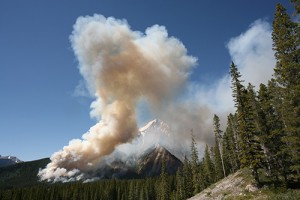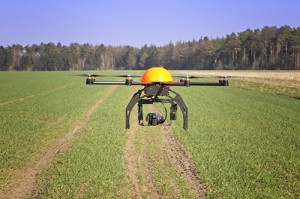 I have been thinking about the world of advertising in the age of social media. No longer do we consume advertisements exclusively through television, print and billboards; we have many media channels and opportunities to learn about new products. Customized ads are pushed to our computers and smartphones, sometimes taking advantage of our proximity to a particular retail outlet. Advertisers have to divide their dollars much differently in the 21st century but have the opportunity to target a much narrower demographic with their pitch.
I have been thinking about the world of advertising in the age of social media. No longer do we consume advertisements exclusively through television, print and billboards; we have many media channels and opportunities to learn about new products. Customized ads are pushed to our computers and smartphones, sometimes taking advantage of our proximity to a particular retail outlet. Advertisers have to divide their dollars much differently in the 21st century but have the opportunity to target a much narrower demographic with their pitch.
A recent article in my local paper highlights how this advertising shift is compounded by an array of new technologies. Retailers and manufacturers can now use technology to custom deliver advertising to consumers, even from a billboard. In this blog post I explore some of the technologies available and in development to help advertisers convert their message into sales.
Smart Billboards
Traditional billboards are static, giant advertisements that reach every driver in a shotgun approach. It is a one size fits all model and while they are potentially reaching thousands of drivers every day, depending on their location, the sales conversion rate is fairly low. The next step was to create digital billboards which can shuffle through several ads in hopes of appealing to a range of drivers. There is one on an interstate near me that is very bright and annoying, especially at night. This, like the static billboard, is random in that they are targeting a very broad demographic that may be on the highway at a particular time of day.
Smart billboards are an attempt to remove the randomness. Synaps Labs has created the first smart billboard in Moscow and will bring their technology to the U.S. sometime this year. This billboard is a combination of connected cameras and machine learning. Cameras are set up ahead of the billboard and when a particular model of car is detected, the billboard will display an advertisement targeted at that driver. The billboard in Moscow had ads for Jaguar cars. The advertisers decided that particular brands of Volvos and BMWs housed drivers that may be enticed to switch to Jaguar. Advertisers are still making demographic assumptions based on a car model but they are narrowing their target audience. The picture also changes depending on whether it is night or day or summer or winter. An advertiser could play with many variables at once. Going beyond the billboard, they could also push the same ad to the driver’s cellphone as an extension or reiteration of the message.
The Future of Billboards
Advertisers are looking forward to a world of autonomous vehicles where drivers/riders have the freedom to look around instead of concentrating on the road. In this future, a consumer can follow up on the impulse to purchase the advertised item while still in the car. Better yet, with a corresponding push to the smartphone, that purchase could be only one click away. While this is intriguing to advertisers, they are asking a fundamental question about consumer behavior: when riders are free to do and look at anything, will they actually be concentrating on billboards or will they be buried in their smartphone or on-board entertainment system?
Thoughts
With modern technologies there are many possible outcomes and it will take a lot of trial and error until we understand how people will behave. Do you think targeted ads on billboards would sway you? Does your car really represent your demographic, or is that grasping at straws? What is the future of advertising in the digital world? Do you think that we are becoming more discerning consumers? Let me know your thoughts.
Kelly Brown is an IT professional and assistant professor of practice for the UO Applied Information Management Master’s Degree Program. He writes about IT and business topics that keep him up at night.



